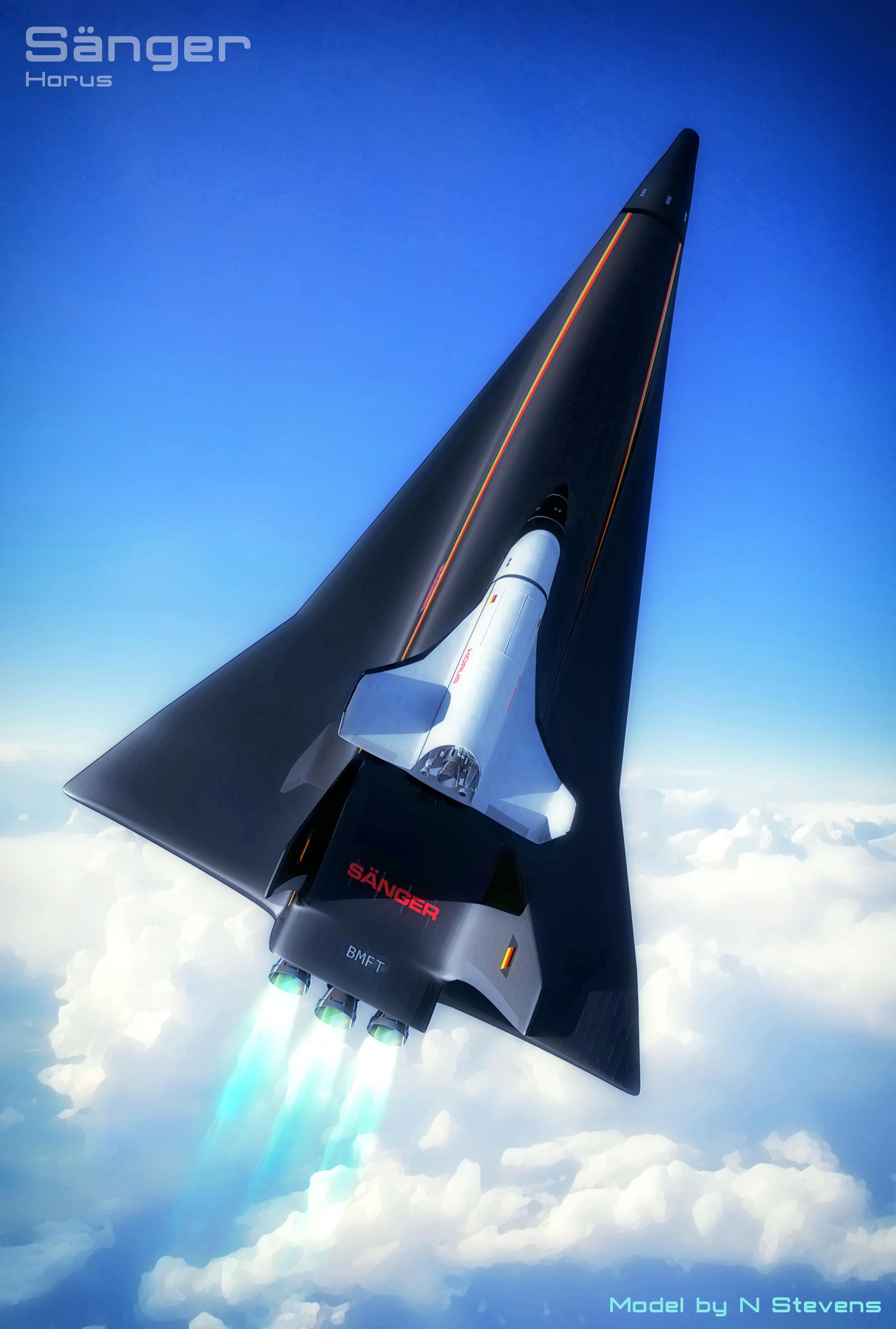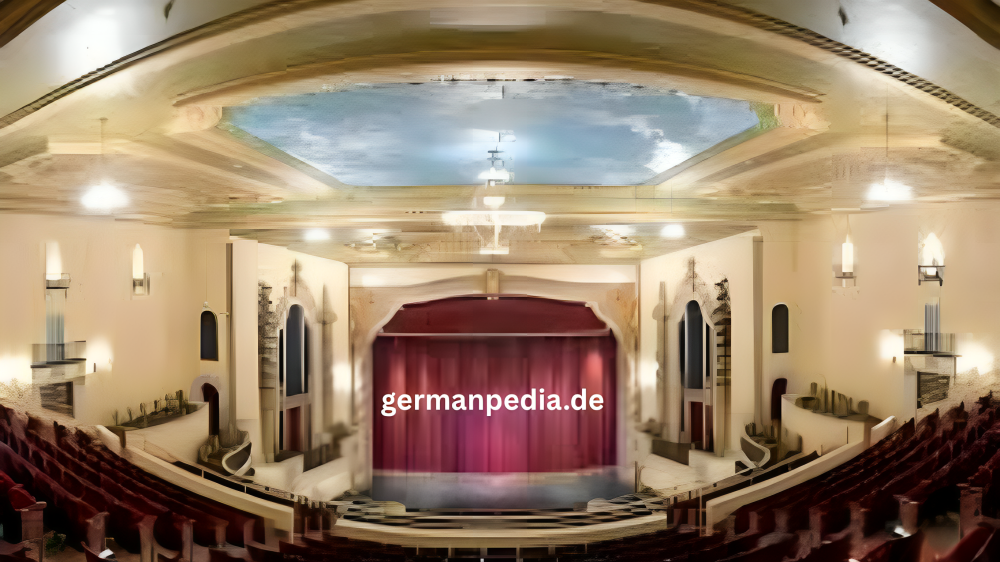Saenger stands out as a remarkable figure in the world of aerospace engineering, sparking ideas that could one day make space travel as routine as catching a flight. Born in a time when flying to the stars seemed like a far-fetched dream, saenger’s work laid the groundwork for modern spaceplanes and hypersonic flight. In this article, we’ll dive deep into his life, his groundbreaking concepts, and how they continue to inspire today’s explorers. After all, saenger’s vision reminds us that with ingenuity, the sky isn’t the limit—it’s just the beginning.

A portrait of Eugen Saenger, the visionary aerospace engineer.
From humble beginnings to revolutionary designs, saenger’s story is one of perseverance and creativity. He didn’t just think about rockets; he imagined ways to skip across the atmosphere like a stone on water. As we explore further, you’ll see how saenger’s contributions have shaped our understanding of what’s possible in the vast expanse above us.
Saenger’s Early Life and Roots
Eugen Saenger, often referred to simply as saenger in technical circles, came into the world on September 22, 1905, in the quaint mining town of Preßnitz, Bohemia, part of the Austro-Hungarian Empire back then. Picture this: a young boy growing up amid rugged landscapes, where the echoes of industry might have fueled his curiosity about machines and motion. Bohemia, now part of the Czech Republic, was a melting pot of cultures, and saenger’s Austrian heritage gave him a unique perspective on engineering challenges.
As a child, saenger showed an early knack for tinkering, though details from those days are sparse. What we do know is that his environment, rich with natural resources and emerging technologies, planted the seeds for his future passions. By the time he was a teenager, the world was buzzing with news of aviation pioneers like the Wright brothers, and saenger couldn’t help but get caught up in the excitement. It’s like they say, “curiosity killed the cat, but satisfaction brought it back”—saenger’s inquisitive nature would lead him to satisfy humanity’s thirst for the stars.
In his formative years, saenger faced the upheavals of World War I, which reshaped Europe and likely influenced his views on technology’s role in society. Despite these challenges, he pursued education with vigor, setting the stage for a career that would blend science and imagination. Saenger’s early life teaches us that great ideas often sprout from ordinary soil, ready to bloom into something extraordinary.
Education and the Spark of Inspiration for Saenger
Heading off to university, saenger studied civil engineering at the Technical Universities of Graz and Vienna, where he honed his skills in structures and mechanics. But here’s where things got interesting: in 1923, he stumbled upon Hermann Oberth’s book, Die Rakete zu den Planetenräumen (By Rocket into Planetary Space), which lit a fire under him. Suddenly, bridges and buildings seemed mundane compared to rocketing into the cosmos. Saenger switched gears to aeronautics, joining the amateur rocket movement in Germany, the Verein für Raumschiffahrt (Society for Space Travel).
His thesis on rocket-powered flight was downright revolutionary, but the university dismissed it as too fanciful—talk about a dangling modifier in his academic path! Undeterred, saenger revised it to focus on wing trusses to graduate, then published the original as Raketenflugtechnik (Rocket Flight Engineering) in 1933. This book became a cornerstone, explaining how rockets could achieve incredible speeds. Between 1935 and 1936, he penned articles for the Austrian journal Flug, sharing his visions with a wider audience.
Education for saenger wasn’t just about degrees; it was a launchpad for ideas that would challenge the status quo. In fact, his inspirations from Oberth and others showed how one book can change a life—and potentially the world. Saenger’s journey here highlights the importance of following your passions, even when others doubt you.
Saenger’s Interwar Career Breakthroughs
The 1930s were a whirlwind for saenger. His writings caught the eye of the Reichsluftfahrtministerium (Reich Aviation Ministry), who saw potential in his ideas for long-range bombers. They set him up with a research institute near Braunschweig, complete with a liquid oxygen plant and a massive test stand for engines boasting 100 tonnes of thrust. However, not everyone was on board—Wernher von Braun viewed it as competition, fearing it might overshadow his own rocket work.
By 1936, saenger was leading a team in the Lüneburger Heide, pushing boundaries in rocket development. He joined the SS and NSDAP in 1932, a move that reflected the era’s political pressures, though his focus remained on science. These years were crucial, as saenger refined concepts like regenerative cooling, where fuel circulates around the engine nozzle to prevent overheating before burning.
Interwar Europe was tense, but saenger’s innovations offered a glimpse of peaceful applications, like space exploration. His career during this time proves that even in tough spots, brilliant minds can forge ahead, turning potential weapons into tools for progress. Saenger’s breakthroughs set the tone for what would come next.
The Revolutionary Silbervogel Project by Saenger
Ah, the Silbervogel—saenger’s most famous brainchild during World War II. Translated as “Silverbird,” this sub-orbital bomber was a game-changer. Imagine a sled-launched plane with rocket engines, climbing to space’s edge and “skipping” across the atmosphere like a flat stone on a pond. The fuselage acted as a lifting body, generating lift without traditional wings.
Saenger collaborated with mathematician Irene Bredt, who later became his wife in 1951, on this design. The plane’s engines produced 1 meganewton of thrust, and saenger pioneered using fuel for cooling. Though intended for the Amerikabomber project to reach the U.S., it was canceled in 1942 for more practical tech. Saenger then shifted to ramjet work at the Deutsche Forschungsanstalt für Segelflug.
The Silbervogel wasn’t built, but wow, what a concept! It foreshadowed reusable spacecraft, showing saenger’s forward-thinking approach. Despite wartime origins, its principles inspire optimistic views of space travel today. Saenger’s project reminds us that innovation often emerges from unexpected places.
Saenger’s Contributions During World War II
World War II thrust saenger into high-stakes research. Beyond Silbervogel, he designed combustion chambers for up to 100 tons of thrust and advanced jet propulsion. At the Trauen rocket program from 1936 to 1945, he tackled ramjets for interceptors like the Skoda-Kauba Sk P.14.
His work on ramjets—engines that use forward motion to compress air—was pivotal. Saenger also explored mixing metal powders with fuels for better performance. While the war’s context was grim, saenger’s technical advances had lasting value.
- Developed regenerative cooling techniques.
- Led teams on high-thrust engines.
- Contributed to ramjet-powered aircraft designs.
These efforts, though tied to military needs, paved the way for postwar civilian applications. Saenger’s wartime role, while complex, underscores his expertise in pushing aerospace limits.
Postwar Adventures: Saenger in France
After the war ended in 1945, saenger found new opportunities in France, working for the armament ministry from 1946 to 1954. He founded the Fédération Astronautique in 1949, promoting international space collaboration. Interestingly, Soviet agents, including Stalin’s son, tried to recruit him, even plotting a kidnap due to his Silbervogel knowledge. Saenger stayed put, focusing on peaceful pursuits.
In France, he continued ramjet research and explored photon propulsion for spacecraft—ideas like laser sails that sound sci-fi but are now studied seriously. Marrying Irene Bredt in 1951 added a personal touch to his professional life.
This period was a fresh start for saenger, away from war’s shadows. His work there built bridges between nations, fostering an optimistic era for space science. Saenger’s French chapter shows resilience pays off.
Saenger’s Return to Germany and Later Achievements
By 1954, saenger was back in Germany, founding a jet propulsion institute in Stuttgart in 1957. He consulted for Junkers on ramjet spaceplanes from 1961 to 1963 and became a professor at Technische Universität Berlin in 1963. In 1960, he aided the United Arab Republic with the Al-Zafir missile, though this drew some controversy.
Saenger published key works like Zur Mechanik der Photonen-Strahlantriebe in 1956, delving into light-based propulsion. He was the first president of the International Astronautical Federation in 1951.
His later years were filled with honors from societies worldwide. Saenger passed away on February 10, 1964, in Berlin, but his ideas lived on. This homecoming phase cemented saenger’s legacy as a global influencer.
Unveiling the Saenger Spaceplane Concept
Fast-forward to the postwar era: the Saenger spaceplane, named after him, was a West German dream for reusable orbital travel. Conceived in the 1960s by Messerschmitt-Bölkow-Blohm, it aimed to slash launch costs from $3,500 to $500 per pound. This two-stage beast could take off from runways like a jet, reach hypersonic speeds, and deploy payloads or passengers into orbit.
The first stage, powered by turboramjets, climbed to 100,000 feet at Mach 6 before releasing the second stage. Variants like Horus for crewed missions and Cargus for cargo made it versatile.

An artistic illustration of the Saenger spaceplane in action.
Though canceled in 1994 due to high costs—around $12 billion—saenger’s concept influenced designs like the Space Shuttle. It’s exciting to think how saenger’s ideas could revive in today’s reusable rocket era.
Technical Marvels Behind Saenger’s Designs
Let’s break down the tech in saenger’s creations. For the spaceplane:
| Component | Description | Key Features |
|---|---|---|
| First Stage | Hypersonic carrier, Boeing 747-sized | Six turboramjet engines, Mach 4.4-7 speeds, runway takeoff/landing |
| Second Stage (Horus) | Crewed orbiter | LOX/LH2 rockets, 6 astronauts, 4,000-6,000 lb payload to 270-mile orbit |
| Second Stage (Cargus) | Cargo version | 5-15 tonne payloads, Ariane 5 tech |
| Passenger Variant | Hypersonic airliner | 230 passengers, 11,000 km range at 24.5 km altitude |
Saenger’s ramjets compressed air at high speeds, boosting efficiency. His photon propulsion theories used light for thrust, a concept now in solar sails.
These details showcase saenger’s engineering prowess, making complex ideas accessible and promising for future flights.
Saenger’s Lasting Legacy in Aerospace
Saenger’s influence ripples through history. The Silbervogel inspired the X-15, X-20 Dyna-Soar, and Space Shuttle. His lifting body designs and ramjets advanced hypersonics, while postwar work fostered international cooperation.
Honored by societies in multiple countries, saenger’s books like Space Flight: Countdown for the Future (1965) educated generations. Though controversies like his NSDAP ties exist, his scientific contributions stand tall.
In today’s world, with companies like SpaceX reusing rockets, saenger’s optimistic vision feels closer than ever.
How Saenger Inspires Modern Space Exploration
Today, saenger’s ideas fuel projects like hypersonic passenger jets and reusable launchers. Concepts from his spaceplane echo in Dream Chaser or Starship designs. Researchers build on his photon propulsion for interstellar probes.
- Encourages sustainable space access.
- Promotes international collaboration.
- Highlights innovation over adversity.
Saenger’s story motivates young engineers, proving one person’s dreams can propel humanity forward.
Challenges and Controversies in Saenger’s Path
No journey is without bumps. Saenger’s wartime affiliations with the SS and NSDAP raised eyebrows, tied to the era’s politics. His missile work in Egypt stirred debate. Yet, these don’t overshadow his peaceful postwar efforts.
The spaceplane’s cancellation due to costs shows how funding hurdles can ground great ideas. Still, saenger’s resilience offers hope.
Saenger’s Publications and Their Impact
Saenger wasn’t just a doer; he was a writer too. His 1933 book Raketenflugtechnik laid out rocket theories that influenced X-planes and shuttles. Co-authored with Irene, A Rocket Drive For Long Range Bombers (1944) detailed Silbervogel.
Later works on photon drives pushed boundaries. These publications spread saenger’s knowledge, inspiring countless innovators.
The Optimistic Future Shaped by Saenger
Looking ahead, saenger’s concepts could make space tourism real. With advancing tech, hypersonic travel might shrink the world, connecting continents in hours.
His legacy encourages us to dream big, turning yesterday’s fantasies into tomorrow’s realities. Saenger’s enduring impact assures a bright horizon for aerospace.
FAQs
What was saenger’s most famous invention? Saenger’s standout creation was the Silbervogel, a sub-orbital spaceplane concept that influenced modern reusable spacecraft.
Why was the saenger spaceplane project canceled? High development costs of about $12 billion and competition from other programs like Ariane 5 led to its cancellation in 1994.
Did saenger work on peaceful space projects? Yes, postwar, saenger focused on civilian applications, founding astronautical groups and consulting on ramjet spaceplanes.
How did saenger contribute to ramjet technology? Saenger advanced ramjets during WWII and beyond, improving efficiency for high-speed aircraft and space vehicles.
What inspired saenger to enter aerospace? Hermann Oberth’s book on rockets sparked saenger’s interest during his university days, shifting him from civil engineering.
Fazit
In wrapping up, saenger emerges as a beacon of innovation, whose life from Bohemian roots to global influence demonstrates the power of visionary thinking. Despite historical complexities, his contributions to lifting bodies, ramjets, and spaceplanes have propelled aerospace forward, offering optimistic prospects for future explorations. As we stand on the cusp of new space eras, saenger’s legacy encourages us to reach for the stars with confidence and creativity. Truly, saenger’s spirit lives on in every launch and dream of the cosmos.


